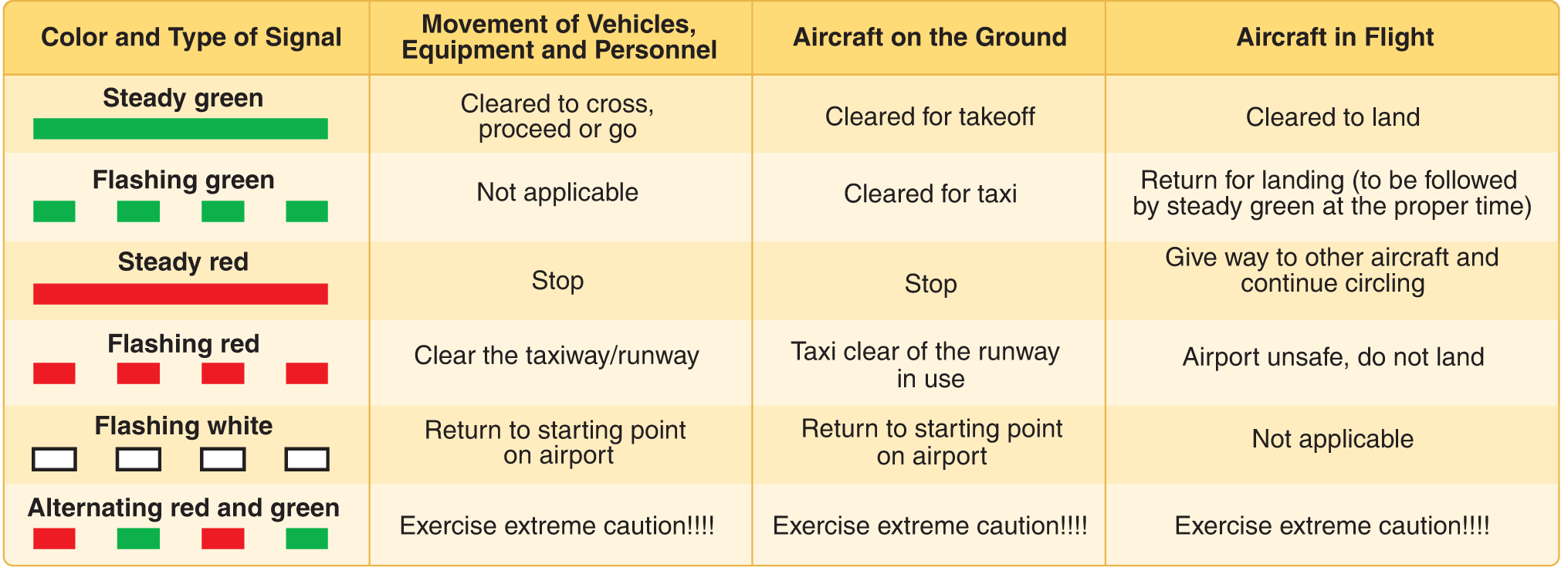How should you react to the unexpected? How should you ask for help? Today we’re talking about emergency radio procedures. This post comes from our textbook The Pilot’s Manual Volume 1: Flight School (PM-1).
Request assistance whenever you have any serious doubt regarding the safety of a flight. Transmission should be slow and distinct, with each word pronounced clearly so that there is no need for repetition. This of course should apply to all radio transmissions, but it is more important in emergency situations. If you do find yourself in real difficulty, waste no time in requesting assistance from ATC or on the appropriate CTAF or UNICOM frequency. Timely action may avoid an even more serious emergency.
What is Considered to be an Emergency?
It is impossible to cover all the possibilities here. The declaration of an emergency by the pilot in command is an area for your operational judgment. Emergencies can be classified according to the urgency and to the degree of seriousness of the consequences.
As the pilot, you decide, but always err on the safe side. Some categories might be:
- no urgency of time but need assistance, such as being uncertain of position and unable to confirm direction to proceed but with plenty of fuel and remaining daylight;
- some urgency of time, such as uncertain of position with fuel reserves or remaining daylight less than an hour or so;
- some urgency and potential for serious consequences, such as loss of oil pressure, rough-running engine or fuel depletion that may leave insufficient fuel to reach an airfield;
- potential seriousness but not yet developed, such as some doubt about the serviceability of the aircraft or systems, or the medical condition of the pilot;
- potential seriousness but no urgency, such as loss of primary attitude indicator with eight oktas of cloud but plenty of fuel and daylight; and
- potential catastrophe and urgency, such as risk of loss of control due to reduced visibility or daylight or risk of controlled flight into terrain due to rising ground and lowering cloud base.
It is impossible to set hard-and-fast rules. If in doubt, tell someone what the potential problem is and do it earlier rather than later, when there is still plenty of time, fuel and daylight. If there is any urgency, formally declare an emergency, at least a pan-pan. If there is any risk of loss of control or injury, declare a mayday.
Declaring an Emergency
If an emergency arises, it is your responsibility as pilot in command to assess just how serious the emergency is (or could be) and to take appropriate safety action. Many emergencies require your immediate attention and occupy you fully for some moments, but it is advisable at the first opportune moment to tell someone. There are three degrees of emergency and, as pilot in command, you should preface your radio call with either:
- mayday (repeated three times) for a distress call;
- pan-pan (repeated three times) for an urgency call; and
- security (repeated three times) for a safety call.
Distress Message (or Mayday Call)
Distress is the absolute top priority call. It has priority over all others, and the word mayday should force everyone else into immediate radio silence. Mayday is the anglicized spelling of the French phrase m’aidez! which means help me! When you require immediate assistance and are being threatened by grave and immediate danger, the following applies:
- the mayday distress message should be transmitted over the air-ground frequency you are presently using;
- if you are currently using a UNICOM or tower frequency and receive no response to your distress call, and if you have time, repeat the call on the area frequency as shown on the sectional chart;
- if still no response, and if time permits, change frequency to 121.5 MHz (the international emergency frequency usually monitored by airliners and some ground stations) and repeat your distress call; and
- if your aircraft is transponder-equipped, squawk code 7700 (the emergency and urgency transponder code) which, if you are in a radar environment, causes a special symbol to appear around your aircraft on the ATC radar screen and rings an alarm bell immediately alerting the ATC radar controllers.
Urgency Message (or Pan-Pan Call)
The urgency or pan-pan message is made over the frequency in use when an emergency exists that does not require immediate assistance. Typical situations when a panpan message is appropriate include the following:
- experiencing navigational difficulties that require the assistance of ATC or flight service;
- carrying a passenger on board that has become seriously ill and requires urgent attention;
- seeing another airplane or a ship whose safety is threatened and urgent action is perhaps needed; and
- making an emergency change of level in controlled airspace that may conflict with traffic below.
Safety Message (or Security Call)
There are few occasions when it would be necessary to transmit a security call. It is nonetheless useful to know of the existence of this type of message in the event that it becomes necessary to transmit one.
Loss of Radio Contact
In the event of a total radio failure, there is a standard system of light signals used for communications to and from the control tower.





